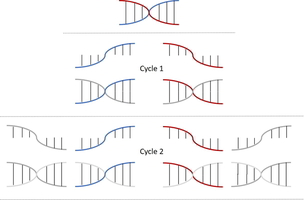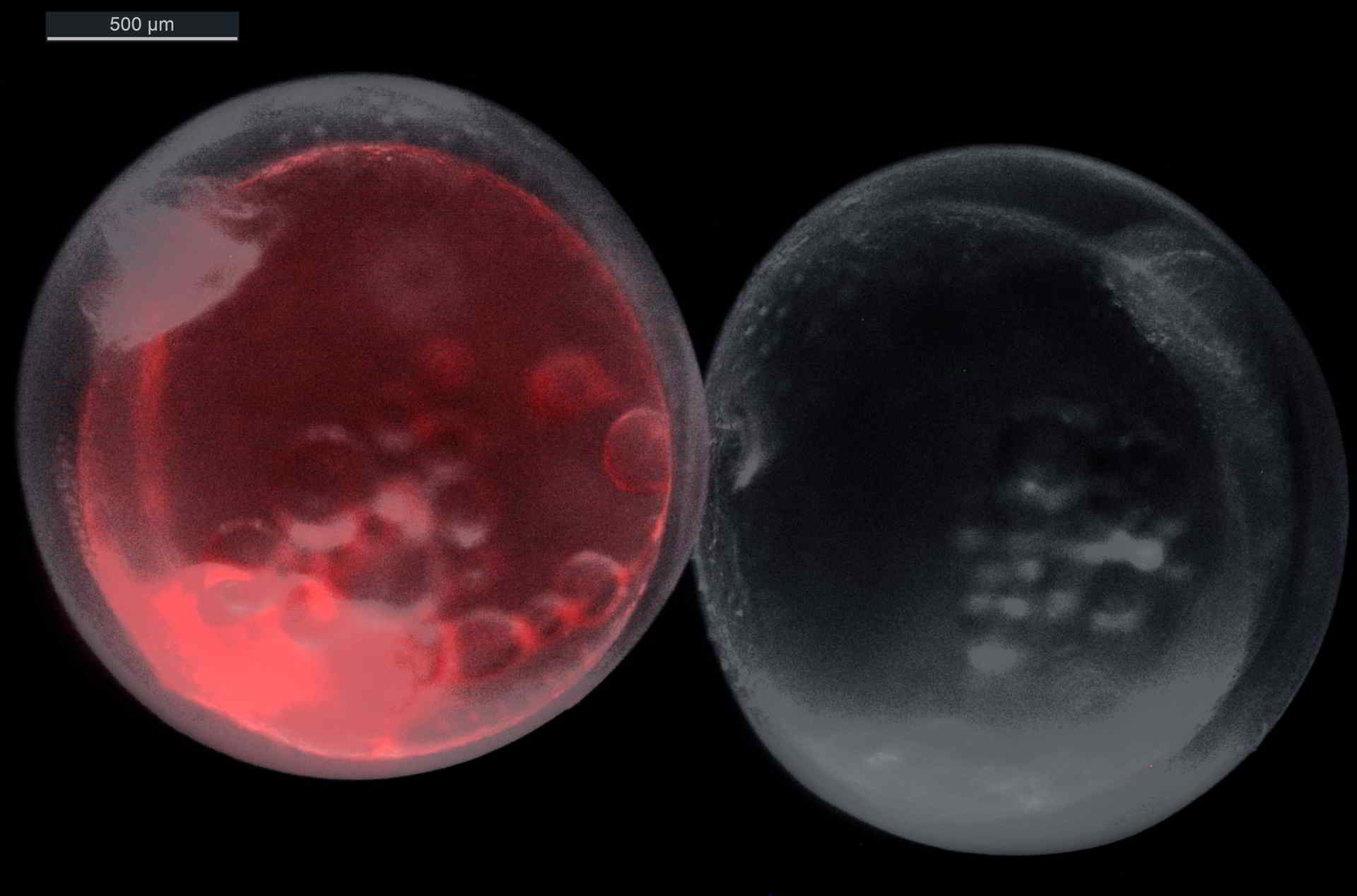Diversity in academia
Posted in Outreach • Tagged with Academia, My Research
I have ADHD and dyslexia. It has taken me years to be comfortable openly talking about this. I think the most surprising thing to me was that the greatest obstacle was myself. Not only the ‘diversity community’ but the academic community as a whole have been very welcoming. Below are my thoughts and experiences but I realize that many have not been so fortunate as myself.
I think its important to talk openly about this. First, it helps us accept ourselves - both our strengths and weakness. Secondly, there are a …
Continue reading
